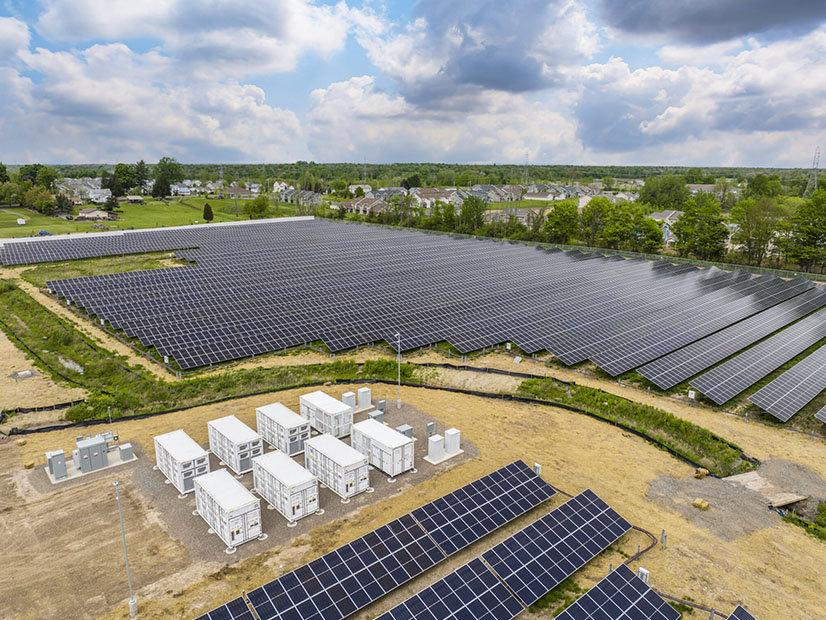NYISO staff have presented tariff revisions that may be deployed as early as the first quarter of 2026 to account for the uncertainty of wind and solar energy forecasts. The filing date with FERC has yet to be determined.
If accepted by FERC, the revisions would add two new items to the tariff, uncertainty reserve requirements and scarcity pricing in 30-minute reserves for the New York Control Area and several downstate zones. These requirements would add a stepwise demand curve to the market.
“Uncertainty reserve requirements for operating reserves are here to account for the forecast uncertainty of node wind and solar energy forecasts,” Vijay Kaki, market design specialist for NYISO, said at the Installed Capacity Working Group meeting Aug. 13.
Kaki explained the uncertainty reserve requirements would be calculated for, and apply to, the day-ahead and real-time markets. For the day-ahead market, the uncertainty reserve would apply only to the 30-minute reserve product. In the real-time market, these new reserves would be calculated for both 10- and 30-minute reserve products.
For the day-ahead market, the reserves would be calculated for each hour of the day, before the day-ahead market run.
“It’s a daily change,” said Kaki, explaining this was based on annual forecast data. “The annual metrics are calculated once a year, and those metrics will be applied to the day and market forecast data on a daily basis.”
The NYISO price scheme is intended to encourage generators to respond quickly to requests for energy to meet reliability requirements. The market would pay more for generators who activate when operating reserves and uncertainty reserves are low.
Revisions to the tariff, along with a consumer impact analysis, are expected to be done by the end of the third quarter.
Winter Reliability Enhancements
After discussing the tariff revisions, NYISO presented the winter reliability capacity enhancement project that tentatively is scheduled for 2025. The idea is to ensure the capacity market provides the correct price signals all year to ensure reliability as New York transitions to a winter-peaking system.
“We’re looking at this project to consider what would be the process for setting winter CAFs [capacity accreditation factors] and would they be any different,” said Michael Swider, senior market design specialist for NYISO.
Swider said the market needed to be evaluated to look for elements that are more affected by a more seasonally differentiated capacity market. Currently there is one installed capacity requirement that is applied to an entire year that is forecast based on annual peak load, which occurs in summer.
NYISO projects the system will transition to a winter peak in the 2030s. The RTO has stated its concerns about fuel constraints occurring in winter, particularly if the system is winter peaking. (See NYISO Braces for the Coming Winter.) Because the current ICAP is calculated based on summer load, NYISO staff worry the current system may cause reliability and market issues.



